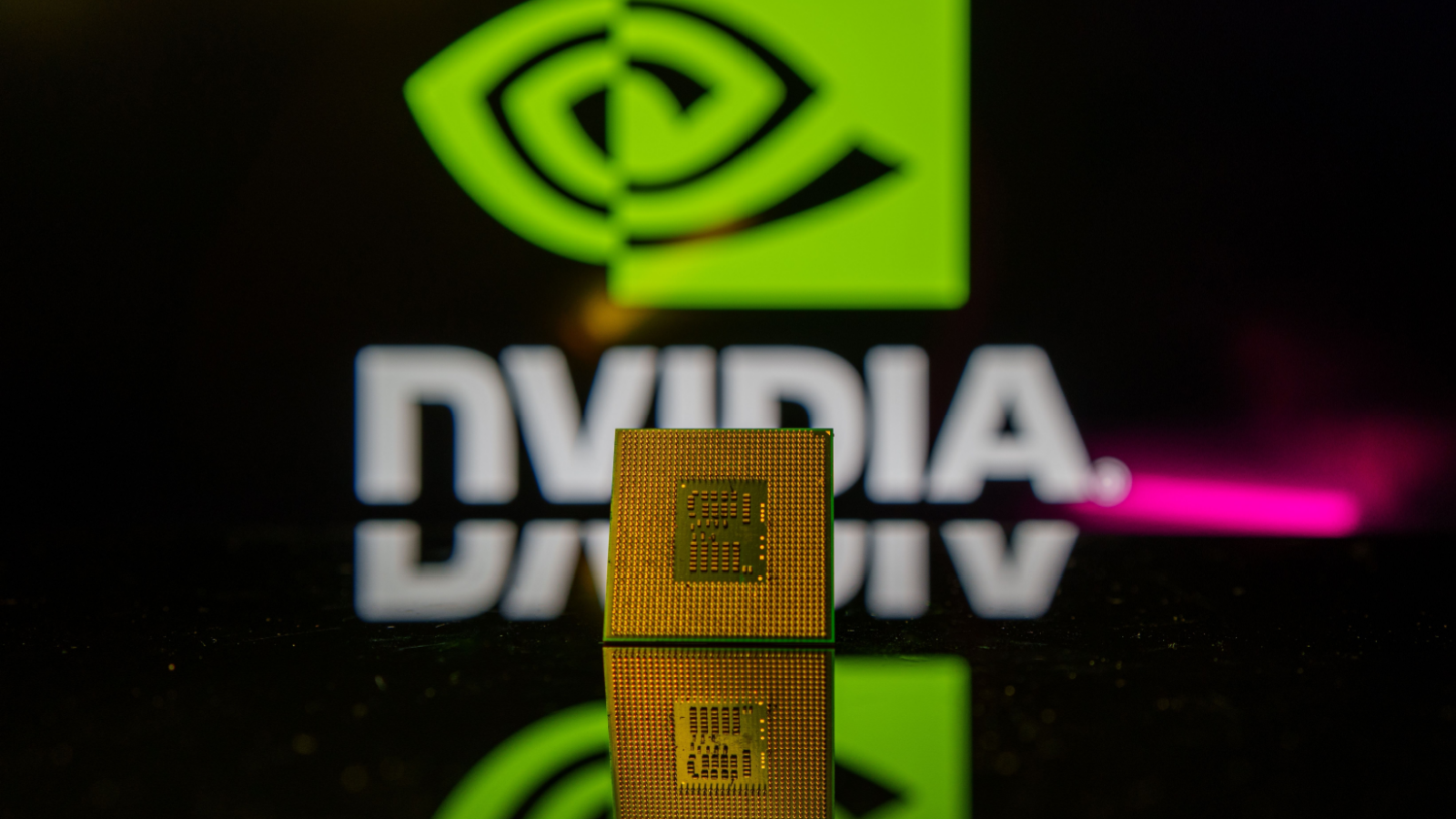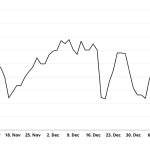
Wall Street remains fixated on Nvidia (NASAQ:NVDA) stock today after Truist raised its price target to $140 from $128 per share, representing about 13% from current prices. Indeed, just weeks after overtaking Microsoft (NASDAQ:MSFT) as the world’s most valuable publicly traded company, Truist believes the runway is just opening up for Nvidia.
“We considered that, even if fundamentals cooperate, stock upside could be limited owing to trading and technical challenges related to NVDA’s #1 market cap position,” Truist analysts noted.
Interestingly, Truist found that becoming the largest company by market capitalization doesn’t actually affect anticipated returns on investment.
Indeed, the data suggests that “becoming the largest company by market cap does not appear to systematically challenge future investment returns.”
In their analysis of other companies that have grabbed the number-one spot, Truist found that, while firms initially stagnate in their stock performance relative to the S&P 500, the stocks generally outperform the benchmark index over the long term.
Truist analysts maintain their view that Nvidia is the top choice for investing in the artificial intelligence (AI) frenzy, citing the chipmaker’s “industry contacts” and expanding demand for its GPU architecture.
NVDA Stock Continues to Rise on AI Craze
NVDA stock has enjoyed a groundbreaking year in 2024. The AI frenzy has pushed the chipmaker to becoming the most valuable publicly traded company in the world. Indeed, shares of NVDA are up 156% so far this year, with Nvidia having added billions to its market cap just six months into 2024.
Not for nothing, Nvidia’s quarterly earnings performance has been nothing short of excellent. Indeed, in its April earnings report, the company handily beat revenue, net income, EPS and guidance estimates.
With AI stocks leading this year, Nvidia is poised to continue surging as one of the largest producers of data center-optimized semiconductors.
On the date of publication, Shrey Dua did not hold (either directly or indirectly) any positions in the securities mentioned in this article. The opinions expressed in this article are those of the writer, subject to the InvestorPlace.com Publishing Guidelines.





